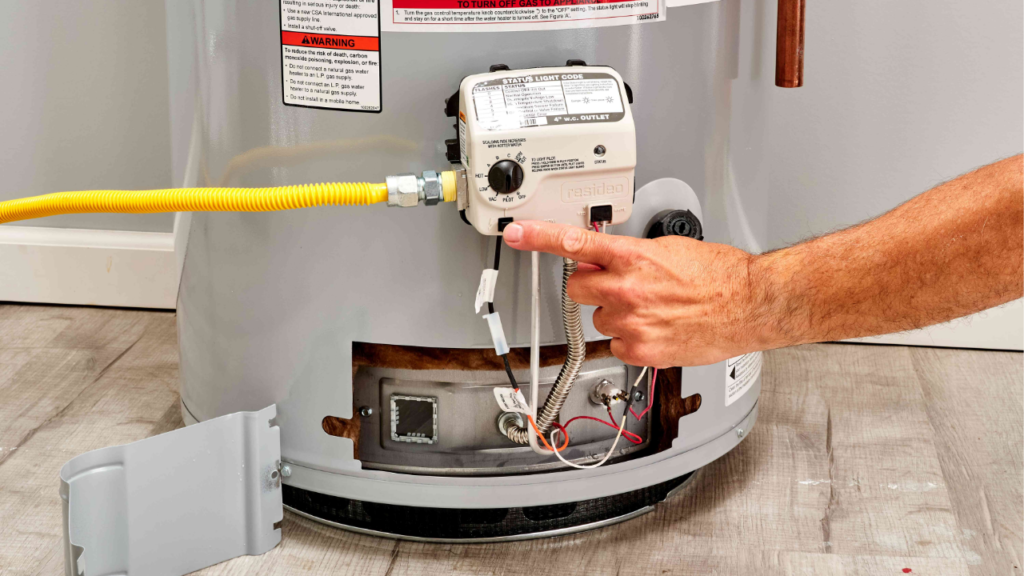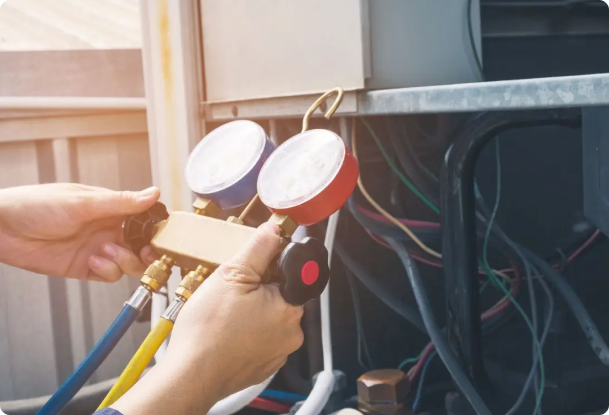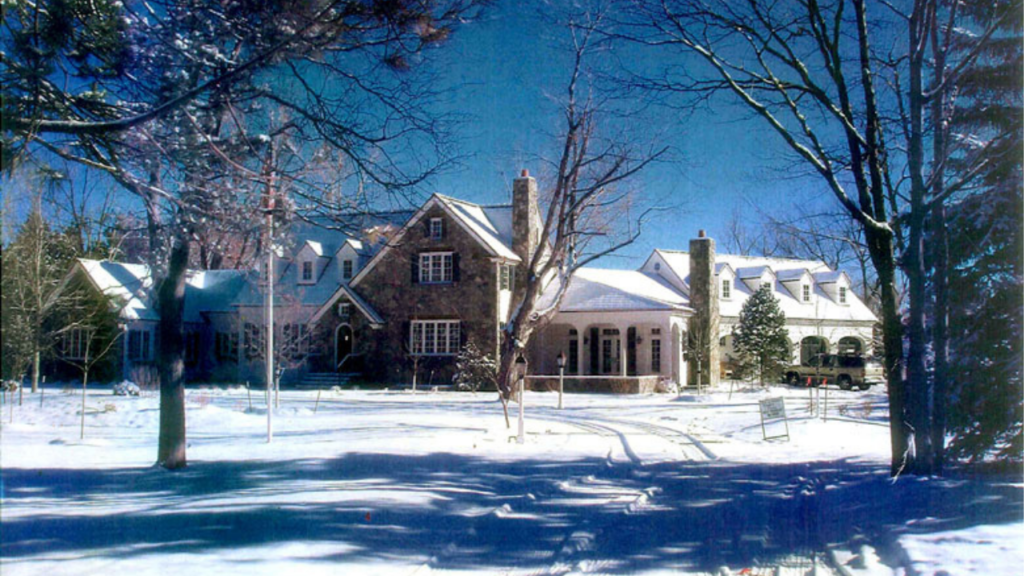
Sediment and Rust Buildup
Minerals in your water supply can settle at the bottom of your water heater tank over time, especially if you have hard water. This buildup forms a layer of sediment that insulates the water from the heating element, reducing efficiency. Rust can also form inside the tank, indicating corrosion and a sign that you may need a new water heater soon.
Solution: Drain your water heater tank annually to remove sediment buildup. If you see signs of rust, it’s wise to consult with a plumber about a possible replacement.
Failing Thermostat
The Thermostat on your water heater is the control centre, regulating the water temperature. A faulty thermostat can stop the heating element from working correctly, meaning your water never reaches the desired temperature.
Solution: Test your water heater’s Thermostat for proper function. A plumber or qualified technician can assist in replacing the Thermostat if needed.
Undersized Water Heater
If your water heater’s capacity is too small for your household’s needs, you’ll inevitably run out of hot water quickly. Families that have grown over time added extra bathrooms, or have high-demand appliances may find an older water heater doesn’t keep up.
Solution: Consult a plumber to determine the right-sized water heater for your home’s hot water needs. Consider upgrading to a tankless water heater for on-demand hot water.
Broken Dip Tube
Inside your water heater, a dip tube directs cold water to the bottom of the tank, ensuring that the coldest water is heated first. If the dip tube cracks or breaks, cold water can mix with the hot water at the top, reducing your hot water supply.
Solution: A plumber can diagnose and replace a faulty dip tube.
Too Much Demand
Even a perfectly functioning water heater can get overwhelmed! Running the dishwasher and the laundry and taking showers simultaneously might just be too much for your system to handle.
Solution: Stagger the use of hot-water appliances. Schedule high-demand tasks during off-peak hours and install low-flow showerheads to reduce the volume of hot water used.
Additional Tips:
- Check for leaks: A slow leak somewhere in your hot water line can drastically reduce the amount of hot water reaching your fixtures.
- Insulate pipes: Insulating hot water pipes helps prevent heat loss, keeping water hotter and longer.
When to Call a Professional
While some of these issues have simple DIY fixes, several problems may require the expertise of a professional plumber. If you’re unsure of the cause or uncomfortable working with your water heater, don’t hesitate to call a plumbing professional for diagnosis and repair.



